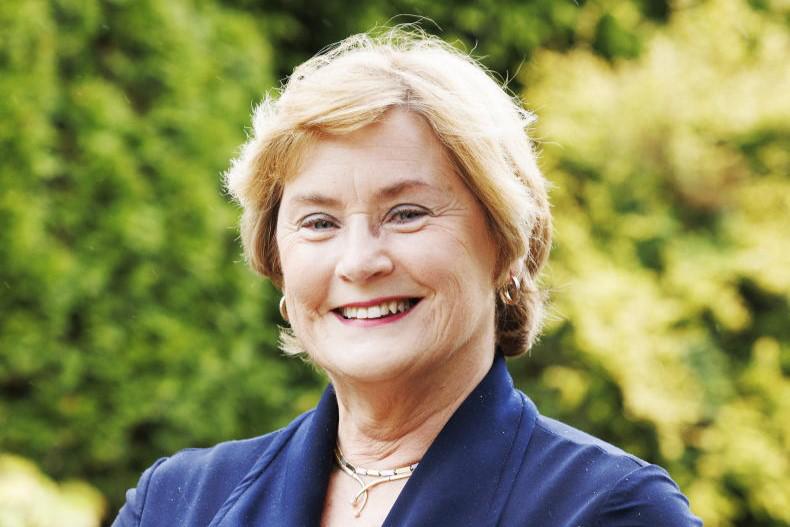Tim and I attended the Climate Adaptation conference in Moorepark last week. Our focus is always on what take home actions are applicable to our own farm. I will never tire of the Teagasc scientists laying out their research before us. Sometimes, we’re expecting big decisions but like everything else in farming through the years; it’s a gradual change.
Adaptation is the name of the game now and farmers are good at it. Dr Frank O’Meara, director of Teagasc acknowledged that climate adaptation is making farming more challenging but it is part of our future.
Weather research
According to research data, it seems to be a given that we will have more rainfall during the spring months and again in October. Europe will warm more quickly than we will. Down these parts of the country, we are destined to continue having drought spells in summer. Regional rainfall levels may change too.
So, more adaptation is required. We need to plan to make more silage to add flexibility to the system. If the weather is dire, animals will have to be fed inside to protect the grass.
Again and again, the point was made that the more profitable systems are those that are pasture based. It is good grass that makes the difference to profitability on farms. Since the bad year in 2018, figures show that lots of dairy farmers have got bad habits and the meal button is being pushed too often. It is wise to keep in mind that if that meal has to go in sometimes, it must come out at the earliest possible opportunity.
Clover is as big as ever in the story. Increasing the level of clover in our grass swards will allow us to reduce our chemical nitrogen use
Dr Michael O’Donovan highlighted three areas where adaptation is crucial: farm cover, fertiliser usage and weather management. Examining pasture base figures from past years, he illustrated that days at grass had increased by 12.
Grazing in spring is starting 10 days earlier with magic day (when grass growth rate matches herd demand) falling five days earlier. He also observed that opening covers have risen by 100kg. He said “this was probably not enough”. More grass may also grow over the winter period.
Alan Stewart, New Zealand, acknowledged that the rest period for animals and pasture in Ireland is a good thing, allowing for grazing ground to recover, while Dr Joe Patton said that adaptation of systems will go deeper to labour, slurry storage, nutrient management, infrastructure and crucially, access to grass. These things will dictate the economic outcome on farms.
Clover is as big as ever in the story. Increasing the level of clover in our grass swards will allow us to reduce our chemical nitrogen use. We must learn to score and measure the clover during the growing season.
Red clover does not last and I think it will have reduced use going forward which is a pity when it is such a lovely plant with that deep tap root. Things like mitigation for bloat means that cows will need more management so that impacts labour on farms. Quantification of all the connotations involved will take time to model and figure out.
Talented scientists
Dr Deirdre Hennessy, UCC did a brilliant sum up advising farmers to know the data for their own farms along with the bigger picture. During drought spells she warned that the feed deficit must be filled with pasture-based forage. Targets may not now be correct for spring and autumn grazing, considering that the growing pattern of grass was changing in response to climatic conditions.
We are fortunate to have such talented scientists continually questioning and mapping the adaptations ahead for us to continue farming.







 This is a subscriber-only article
This is a subscriber-only article










SHARING OPTIONS: